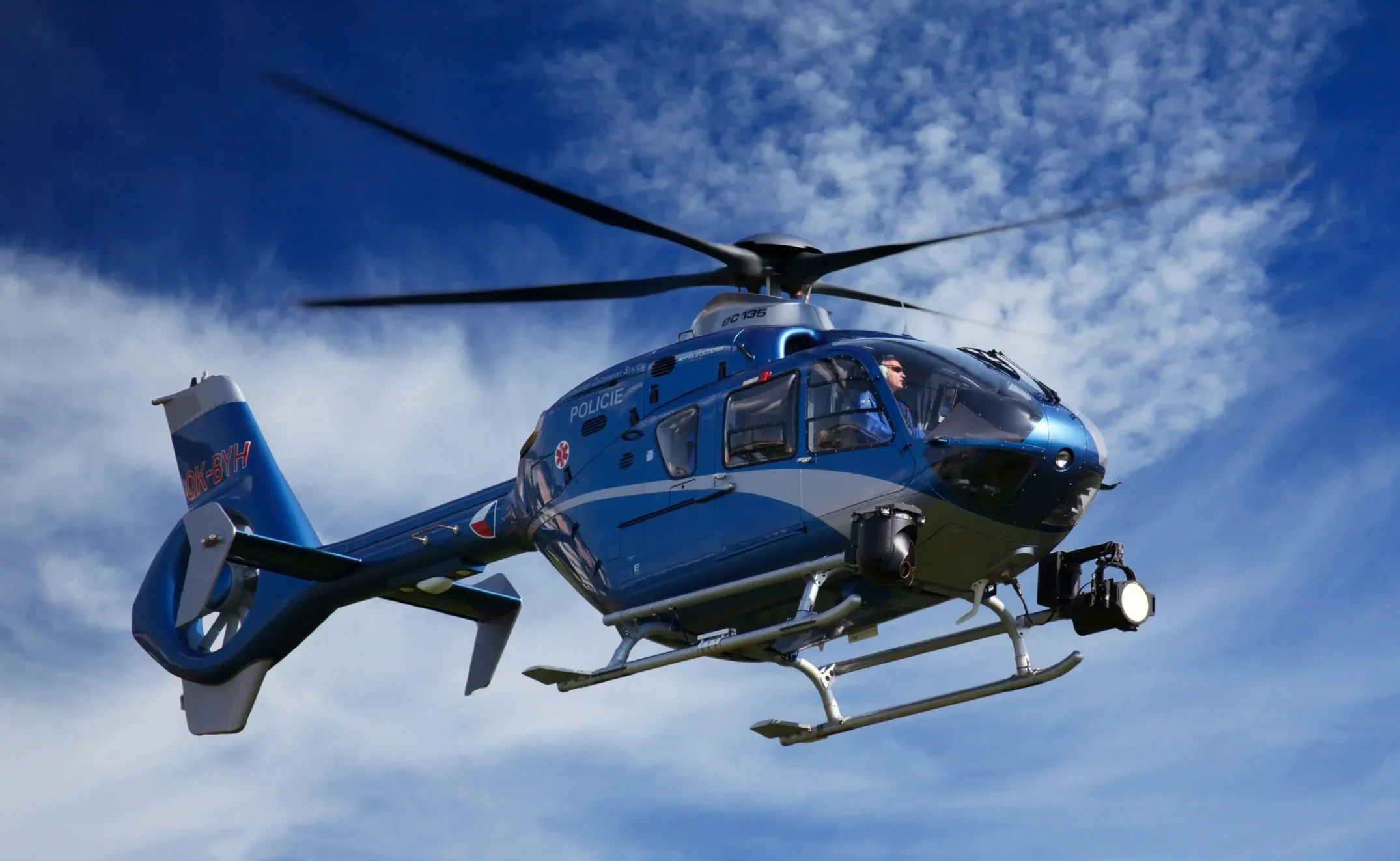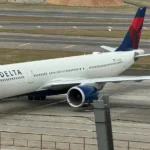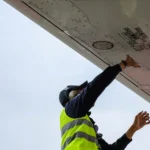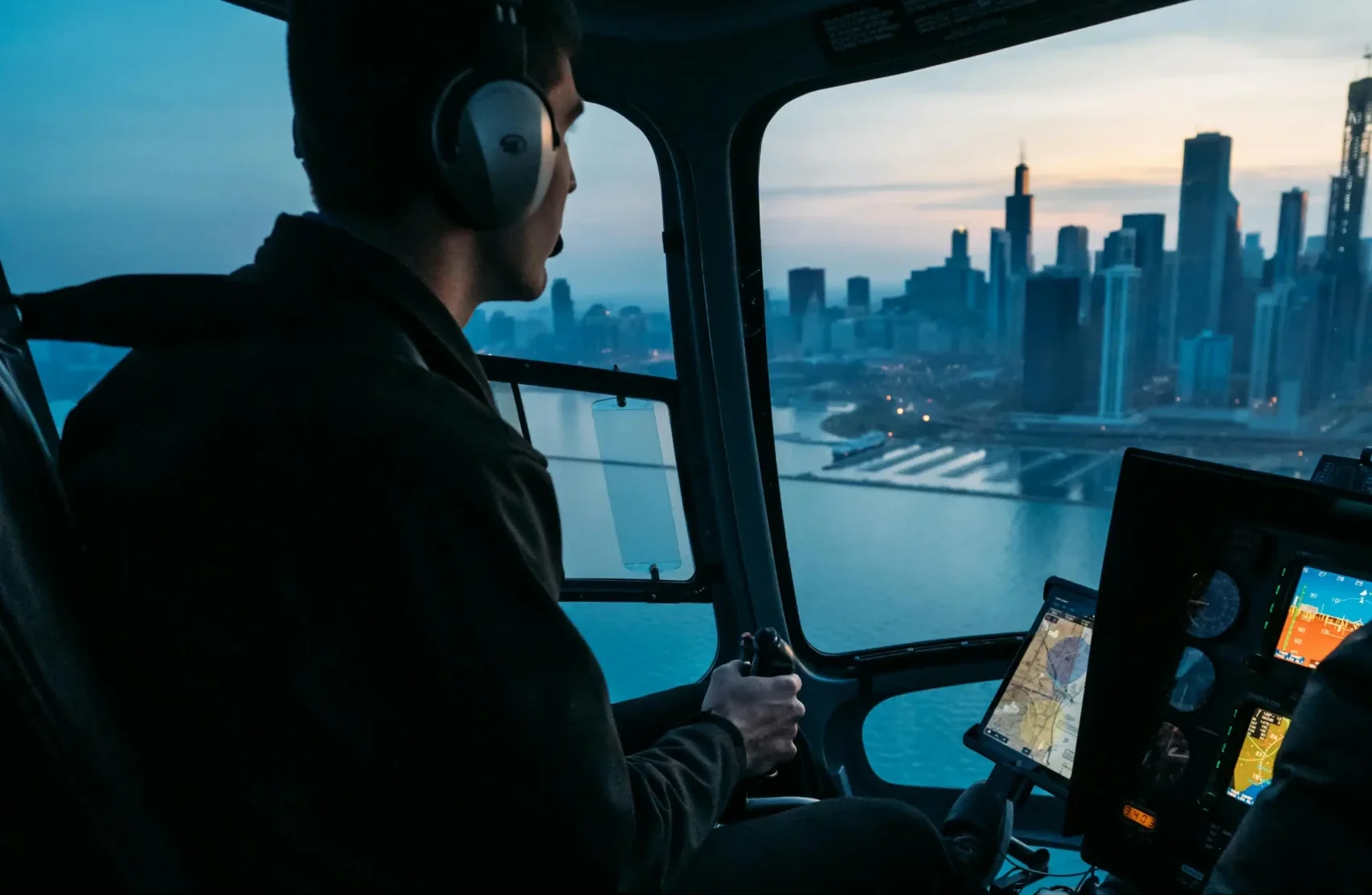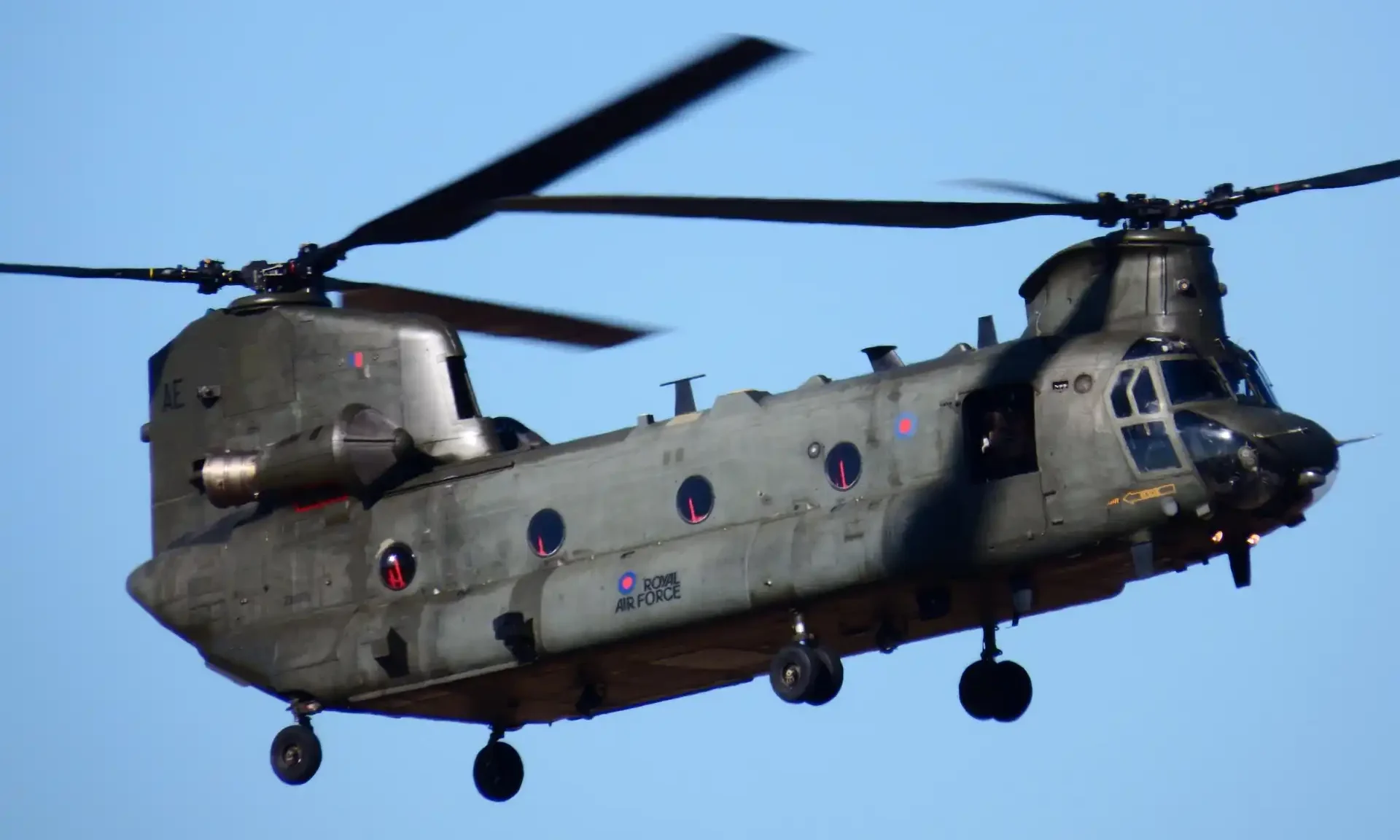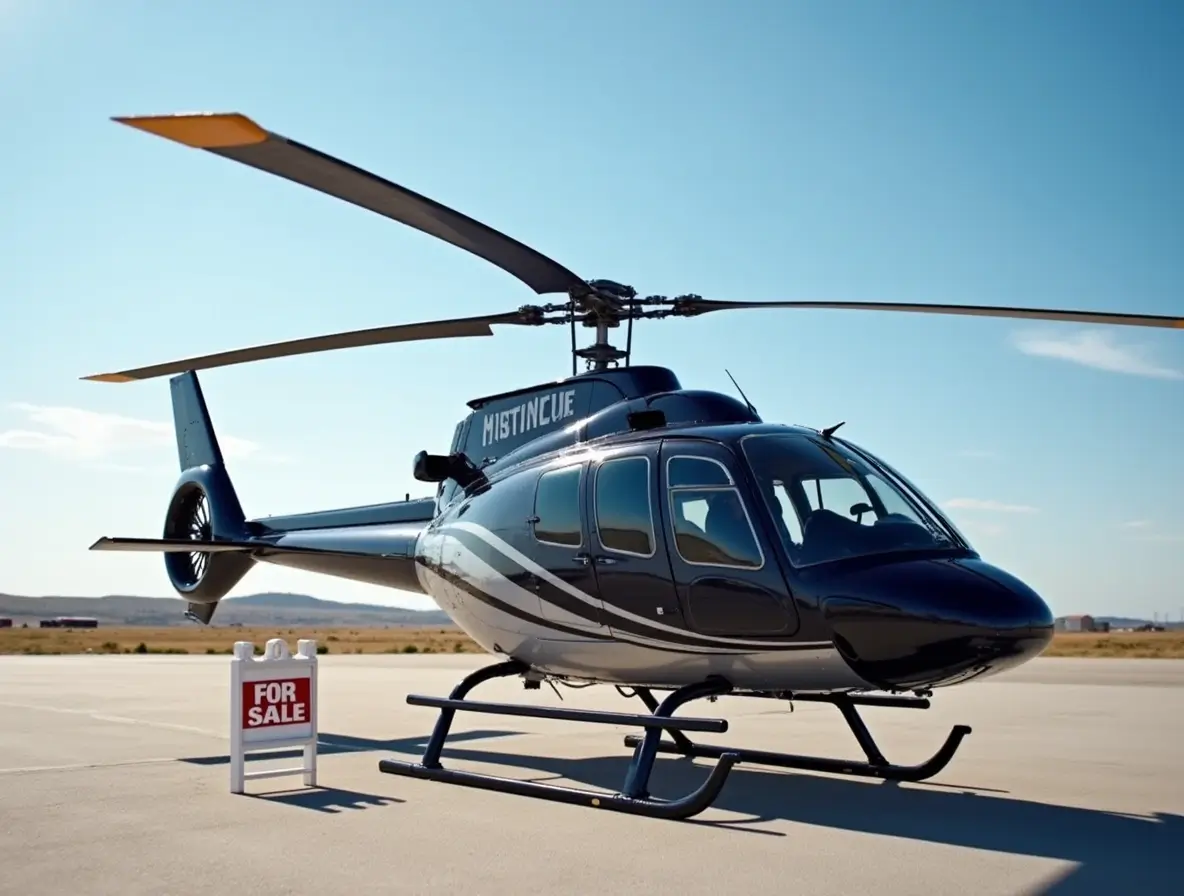The Expanding Role of Police Helicopters in Modern Law Enforcement
The distinctive sound of a police helicopter hovering overhead has become increasingly common in urban areas across the country. These aerial units, officially known as police air support units, serve as the eyes in the sky for law enforcement agencies. A modern police helicopter is equipped with sophisticated technology including thermal imaging cameras, searchlights, and communication systems that allow officers to monitor ground activities from above with unprecedented precision.
Police helicopters have transformed from simple transportation vehicles to advanced surveillance platforms. According to the Airborne Public Safety Association, there are over 300 law enforcement aviation units operating in the United States, with helicopters being the most common aircraft type in use.
Why Police Helicopter Units Are Controversial Despite Their Effectiveness
The deployment of police helicopters has sparked significant debate among privacy advocates, community groups, and law enforcement officials. While these aerial units provide critical support during emergencies, their constant presence in some communities has raised serious concerns.
According to a 2023 report by the Electronic Frontier Foundation, police helicopter surveillance disproportionately impacts minority and low-income neighborhoods. The report found that in major metropolitan areas, police helicopters spent 3-4 times more flight hours over predominantly minority neighborhoods compared to other areas with similar crime rates.
Critics argue that constant aerial monitoring creates a sense of being perpetually watched, potentially infringing on Fourth Amendment protections against unreasonable searches. However, law enforcement officials maintain that police helicopter support is essential for officer safety and effective crime prevention.
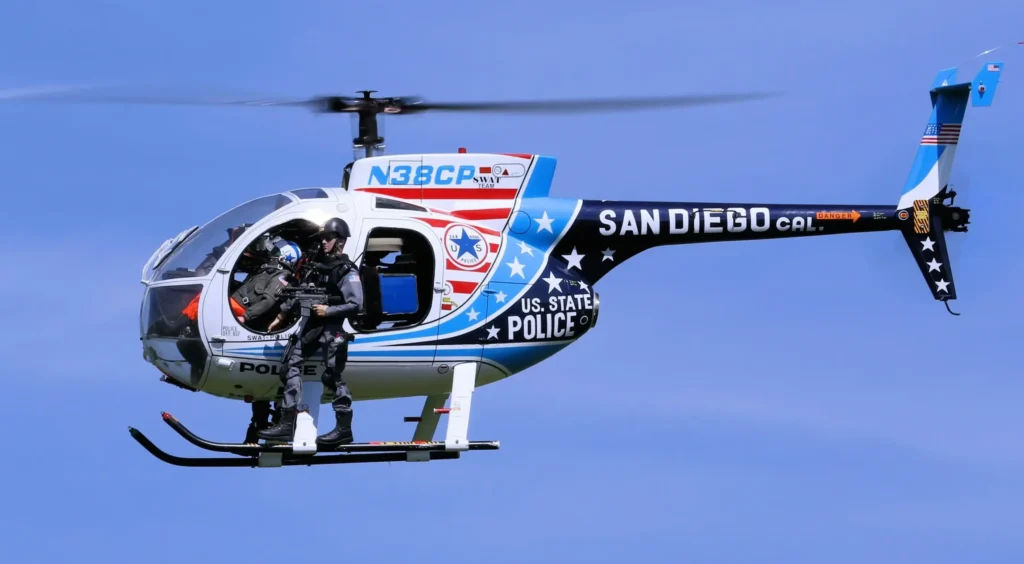
The Hidden Costs Behind Each Police Helicopter Operation
The financial investment required to maintain a police helicopter program is substantial. A single police helicopter can cost between $1.5 to $4 million to purchase, with annual operational costs exceeding $1,000 per flight hour according to data from the Bureau of Justice Statistics.
These expenses include:
- Pilot training and certification
- Fuel costs (averaging $300-500 per hour)
- Regular maintenance and inspections
- Insurance
- Storage and hangar fees
- Technology upgrades
Some municipalities have questioned whether these costs deliver sufficient public safety benefits to justify the expense, particularly as budgets for community-based policing initiatives face cuts.
How Police Helicopters Coordinate Ground Operations
When a police helicopter is deployed, it serves as a coordination hub for ground operations. Using real-time video feeds and communication systems, pilots and tactical flight officers guide patrol units through complex situations. During pursuit scenarios, the helicopter can maintain visual contact with suspects while ground units maintain a safer distance, potentially reducing high-speed chase incidents.
Modern police helicopter equipment typically includes:
- Gyro-stabilized cameras with zoom capabilities
- Forward-looking infrared (FLIR) thermal imaging systems
- Searchlights capable of illuminating areas up to half a mile away
- Digital mapping and GPS systems
- Secure communication channels with ground units
This advanced technology allows a single police helicopter to effectively monitor areas that would otherwise require dozens of ground officers, making them particularly valuable during large-scale events or natural disasters.
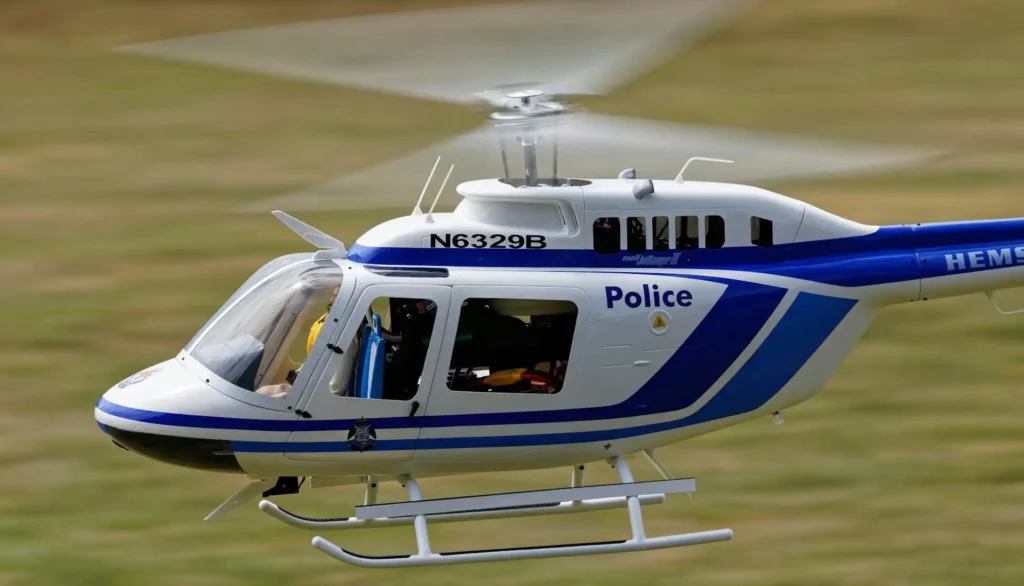
Frequently Asked Questions About Police Helicopters
How can I tell if a helicopter overhead is a police helicopter? Police helicopters typically have distinct markings with “POLICE” clearly visible on the fuselage. They often fly at lower altitudes than commercial aircraft and may hover in place for extended periods. Most are equipped with visible spotlights and flash patterns of red and blue lights similar to ground units.
Do police helicopters fly at night? Yes, many police helicopter units operate 24/7. Night operations rely heavily on thermal imaging technology, which can detect heat signatures from people and vehicles even in complete darkness. Some departments limit night operations to emergency calls due to increased operational costs and safety considerations.
Can police helicopters see inside my home? Thermal imaging cannot “see through” walls, but it can detect heat signatures emanating from buildings. In 2001, the Supreme Court ruled in Kyllo v. United States that police use of thermal imaging to look inside homes constitutes a search and requires a warrant. However, anything visible from the air with the naked eye is generally considered legal for observation.
How high do police helicopters fly? Police helicopters typically operate between 300-1,000 feet above ground level during routine patrols. Federal Aviation Administration (FAA) regulations permit emergency service helicopters to fly lower than the 500-foot minimum altitude required for other aircraft when necessary for their mission.
Are police helicopter calls documented and available to the public? In most jurisdictions, police helicopter deployments are documented in flight logs and incident reports. These records are typically subject to public records requests, though specific operational details may be redacted for security purposes.
How much does it cost taxpayers each time a police helicopter responds to a call? The average cost per response varies widely depending on flight time and specific equipment used, but estimates range from $800-1,500 per incident. This includes direct operational costs like fuel and maintenance as well as proportional costs for crew salaries and equipment depreciation.
Share Your Thoughts on This Article!


